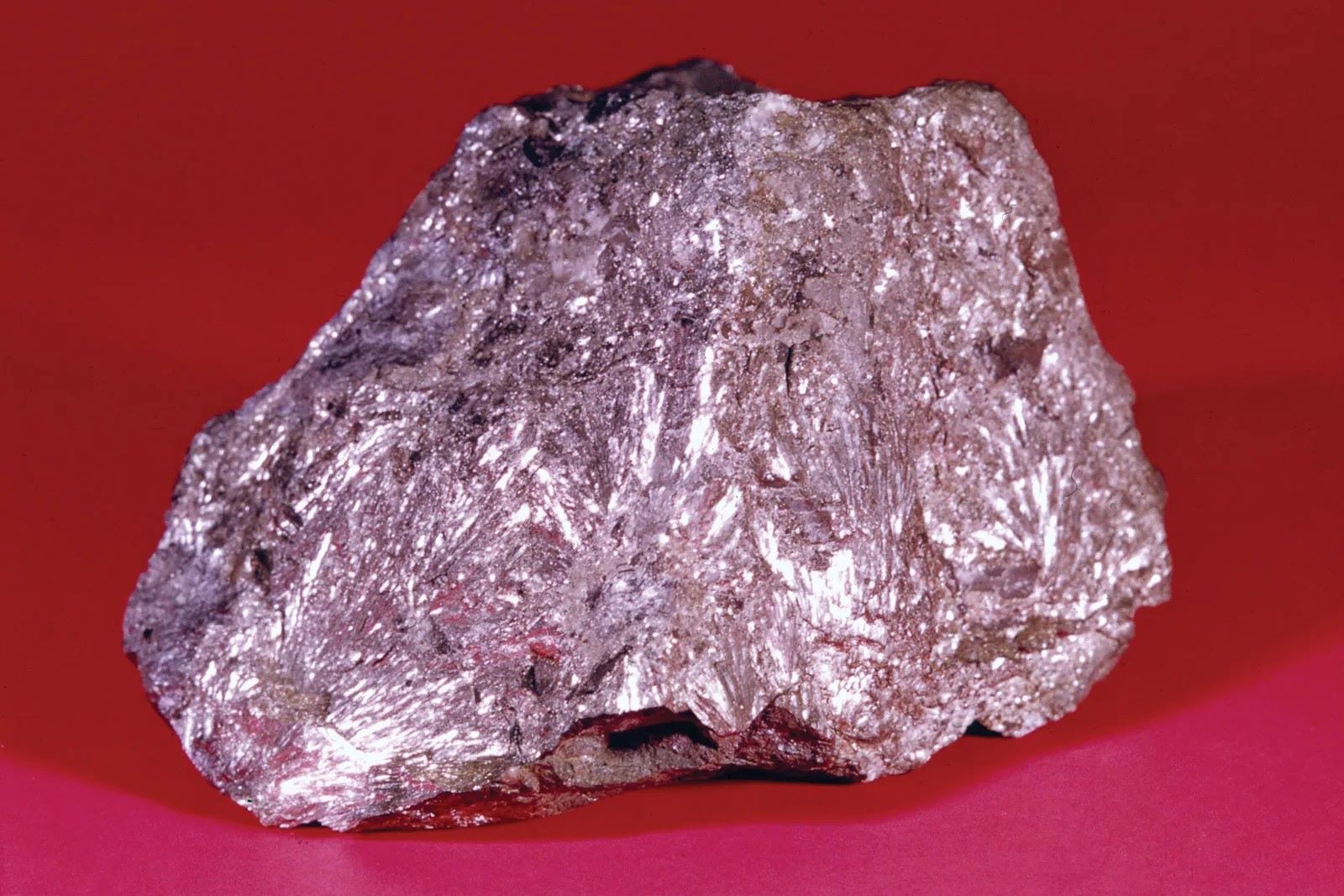
Magnesium antimonide might sound like a mouthful, but it's a fascinating compound with some pretty cool properties. What is magnesium antimonide? Magnesium antimonide is a chemical compound made up of magnesium and antimony. This compound is known for its unique semiconductor properties, making it useful in various electronic applications. It has a distinct crystal structure that contributes to its stability and effectiveness in devices. From its role in thermoelectric materials to its potential in advanced electronics, magnesium antimonide is more than just a scientific curiosity. Let's dive into 25 intriguing facts about this remarkable compound and uncover its secrets!
Key Takeaways:
- Magnesium antimonide (Mg3Sb2) is a compound with unique properties, making it valuable in electronics, thermoelectric devices, and potential future technologies like solar cells and advanced batteries.
- This compound has a high melting point, moderate electrical conductivity, low thermal conductivity, and good mechanical strength, making it versatile for various technological applications while requiring careful handling due to its reactivity with air and moisture.
What is Magnesium Antimonide?
Magnesium antimonide (Mg3Sb2) is a compound of magnesium and antimony. It has unique properties that make it useful in various applications, particularly in electronics and thermoelectric devices. Here are some fascinating facts about this intriguing material.
Basic Properties of Magnesium Antimonide
Understanding the basic properties of magnesium antimonide helps in grasping its applications and significance.
- Chemical Formula: The chemical formula for magnesium antimonide is Mg3Sb2.
- Crystal Structure: It crystallizes in a hexagonal structure, which influences its physical properties.
- Density: The density of magnesium antimonide is approximately 4.24 g/cm³.
- Melting Point: This compound has a high melting point of around 1,100°C (2,012°F).
- Color: Magnesium antimonide typically appears as a dark gray or black solid.
Applications of Magnesium Antimonide
Magnesium antimonide's unique properties make it suitable for various technological applications.
- Thermoelectric Materials: It is used in thermoelectric devices that convert heat into electricity.
- Semiconductors: Magnesium antimonide is a semiconductor, making it valuable in electronic components.
- Infrared Detectors: Its properties are beneficial in manufacturing infrared detectors.
- Solar Cells: Research is ongoing to use magnesium antimonide in solar cell technology.
- Battery Technology: It is being explored for use in advanced battery technologies.
Historical Context of Magnesium Antimonide
The history of magnesium antimonide provides insight into its development and discovery.
- Discovery: Magnesium antimonide was first synthesized in the early 20th century.
- Early Research: Initial research focused on its potential as a semiconductor material.
- Development: Over the decades, its applications have expanded due to advancements in material science.
- Military Use: During World War II, it was investigated for potential military applications.
- Modern Research: Today, it is a subject of extensive research in nanotechnology and energy solutions.
Chemical Reactions Involving Magnesium Antimonide
Magnesium antimonide participates in various chemical reactions, showcasing its versatility.
- Formation Reaction: It is formed by reacting magnesium with antimony at high temperatures.
- Oxidation: Magnesium antimonide can oxidize when exposed to air, forming magnesium oxide and antimony trioxide.
- Reduction: It can be reduced back to its elemental forms under specific conditions.
- Alloy Formation: Magnesium antimonide can form alloys with other metals, enhancing its properties.
- Thermal Decomposition: At very high temperatures, it decomposes into magnesium and antimony.
Physical Properties and Behavior
The physical properties of magnesium antimonide contribute to its functionality in various applications.
- Electrical Conductivity: It has moderate electrical conductivity, making it useful in electronic devices.
- Thermal Conductivity: Magnesium antimonide exhibits low thermal conductivity, beneficial for thermoelectric applications.
- Magnetic Properties: It is generally non-magnetic, which is advantageous in certain electronic applications.
- Mechanical Strength: The compound has good mechanical strength, which is useful in structural applications.
- Stability: Magnesium antimonide is stable under normal conditions but requires careful handling due to its reactivity with air and moisture.
Final Thoughts on Magnesium Antimonide
Magnesium antimonide, a compound with a unique blend of magnesium and antimony, holds fascinating properties. Known for its semiconductor abilities, it plays a crucial role in electronics and thermoelectric devices. Its ability to convert heat into electricity makes it valuable in energy applications. Despite its potential, handling it requires care due to its reactivity with water and acids. Understanding its properties and uses can open doors to innovative applications in technology and energy. As research continues, magnesium antimonide might reveal even more about its capabilities. Whether you're a science enthusiast or just curious, this compound offers a glimpse into the intricate world of materials science. Keep an eye on future developments, as magnesium antimonide could become even more significant in various fields.
Frequently Asked Questions
Was this page helpful?
Our commitment to delivering trustworthy and engaging content is at the heart of what we do. Each fact on our site is contributed by real users like you, bringing a wealth of diverse insights and information. To ensure the highest standards of accuracy and reliability, our dedicated editors meticulously review each submission. This process guarantees that the facts we share are not only fascinating but also credible. Trust in our commitment to quality and authenticity as you explore and learn with us.
